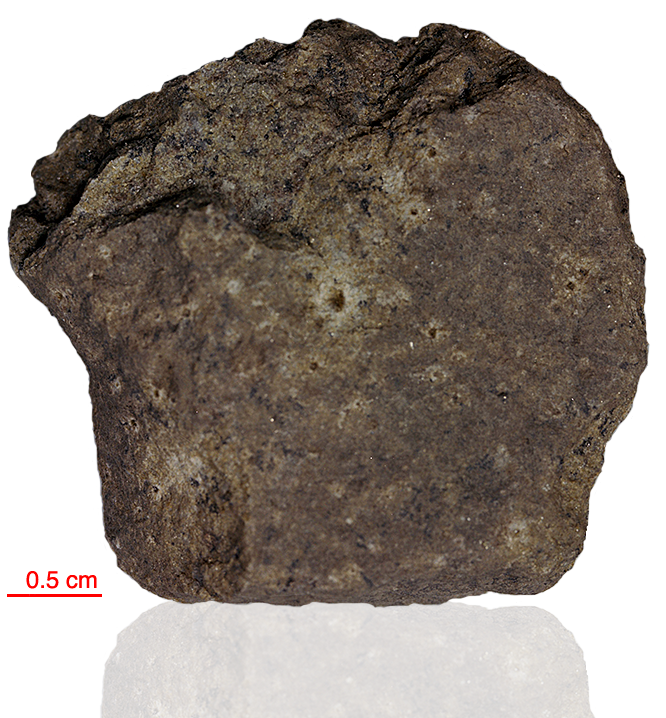
Fact sheet
64815 is an impact melt breccia with a coarse poikilitic texture and KREEP-like composition that was collected as a rake sample. It has a poikilitic texture with relatively coarse oikocrysts of orthopyroxene and some sort of (unspecified) metamorphic overprint. The sample resembles 60315 and 62235. Rotation 1 shows a large plagioclase feldspar with an unusual twin pattern, perhaps related to the metamorphic event. Rotation 2 shows another large plagioclase feldspar crystal associated with subrounded olivine crystals. Metallic iron and troilite are visible in reflected light.
The sample weighed 20.9 grams before analysis and has been dated at 3.89±0.01 billion years (Ar/Ar).
Further details of this and other Apollo samples are here: http://curator.jsc.nasa.gov/lunar/
The Apollo 16 landing site was in the hilly region around Descartes crater in the lunar highlands. The landing spot was chosen to allow the astronauts to gather geologically older lunar material (Descartes Formation and the Cayley Formation) than the samples obtained in the first four landings, which were in or near lunar maria.
The mission lasted 11.1 days, with a stay on the lunar surface of 71 hours. The crew were on the lunar surface for 20.2 hours during which they traversed approximately 27 kilometers and collected approximately 96 kilograms of samples.
Apollo 16 was launched on 16 April 1972.






